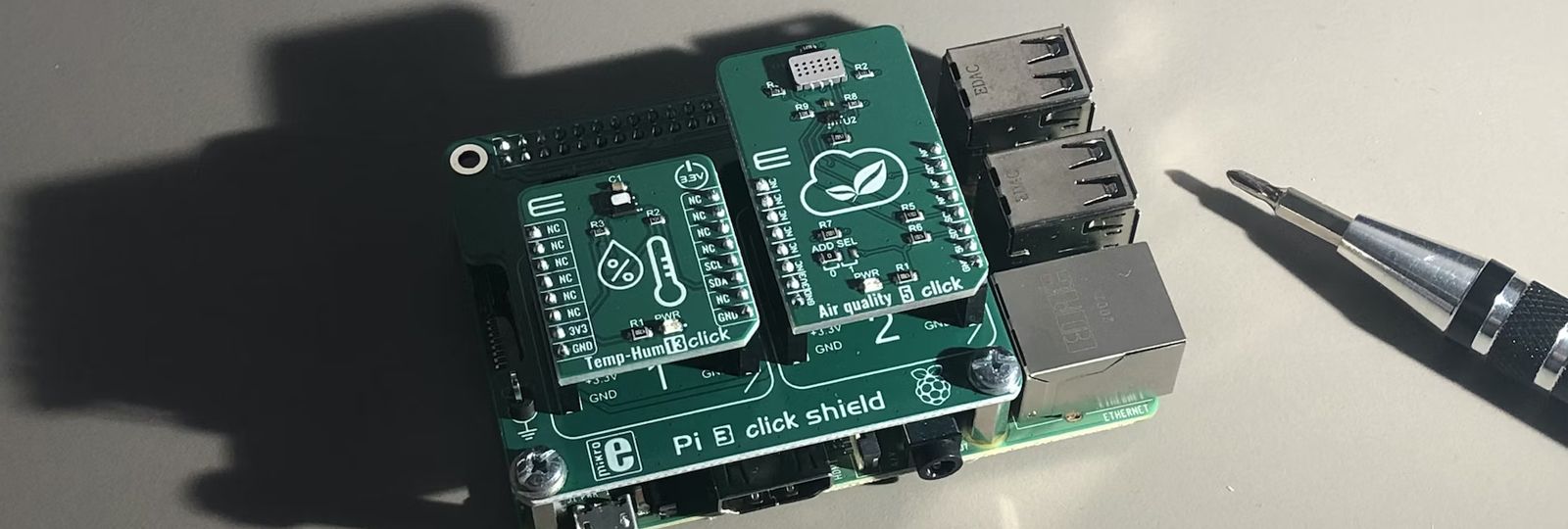
Embedded Systems - Chips that control the essentials
For the layman, an Embedded System is a type of computer system that usually forms part of a larger system, device, or piece of electronic equipment. It consists of a microcontroller that performs a specific function within a product and can be a component of almost every modern piece of technology-driven equipment that we use today.
An embedded system is a typical ‘Instruction driven’ component, which operates only if it receives a specific signal in real-time. Using sensors and actuators, it communicates with the other components around it and will only perform its designated function if it receives the right response.
Small, low-cost, and without the need for much power to operate an Embedded System is usually made up of a power supply, communication ports, a processor, and memory storage. Its requirement of software to run and interact with other components is minimal, courtesy of the fact that it usually only performs one simple function. An Embedded system, by design, is dedicated to performing specific tasks, therefore, can be optimized to reduce the size and cost of the product and increase reliability and performance.
Of different types-Real time, mobile, network and Independent embedded systems-they find use in phones, medical equipment, personal devices, telecommunications, payment systems, home appliances, military equipments, and security systems. Limitless is one word that says what embedded systems can do, with new products getting added to the market frequently. With their wide application, especially in combination with IIoT, they are directly and indirectly a part and parcel of our daily lives.
So the next time you see an electrical appliance getting switched on or off with your mobile, a drone taking off to monitor real-time information, medical equipment sending an automated report to a far-off place, a sprinkler that starts splashing water with no one to control it, be assured that it is a combination of an embedded system together with IIoT technology at work.
Another critical component that runs the embedded system is the software. The software can take any form- firmware and boot loaders to drivers, embedded operating systems, user interfaces, and more.
Similar to the manner in which the internet has enabled embedded systems to evolve into IoT embedded devices, embedded software allows these devices to function and communicate beyond the system itself.
In IoT, the ‘Thing’ denotes the embedded system. So for reference, an embedded system can be considered to be a subset of IoT. All IoT devices have embedded systems, but vice versa is not true.
Embedded Software Services are services that provide the ‘code’ which runs the embedded system, either as a part of the chip or as a part of another application that is on top of the chip. They are specialized in non-PC devices. The hardware that runs the embedded software is called an embedded system. An Embedded Development Company has expertise in the development of such software services.
The impact on the embedded systems industry in the near future would possibly be influenced by changes in the form of Artificial Intelligence, Machine Learning, edge computing, IoT, and the adoption of 5G technology.
For all those closely associated with embedded systems, there is much in store as the applications in this area seem to be growing by leaps and bounds.
